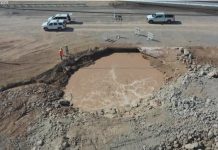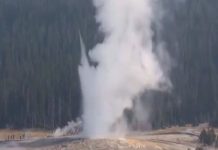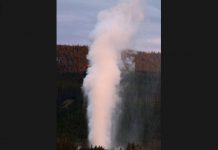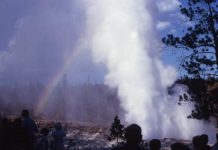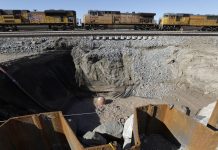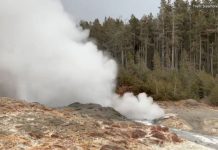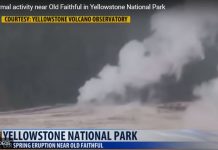Scientists have discovered a new thermal area at Yellowstone National Park, which is believed to have grown in the past two decades. The previously unknown pocket of warmth was discovered nestled between West Tern Lake and the Tern Lake thermal area after studying the latest thermal infrared images of the National Park taken in April 2017.
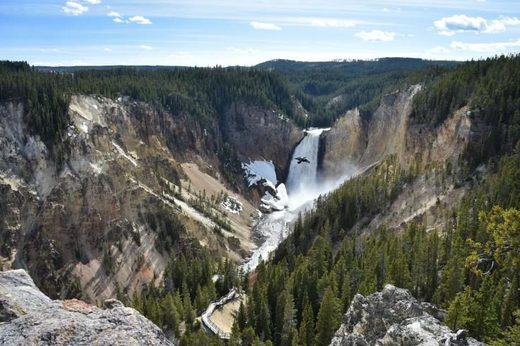
The team then checked high resolution aerial photos of the same spot captured in 2017 by the The National Agriculture Imagery Program, and noticed dead trees and bright soil. These were the signs of a thermal area they were expecting to find. In contrast, a 1994 picture showed a crop of healthy trees which started to fade in a 2006 image.
Researchers therefore believe the thermal area near the northeast border of the Sour Creek resurgent dome first emerged in the late 1990s or early 2000s.
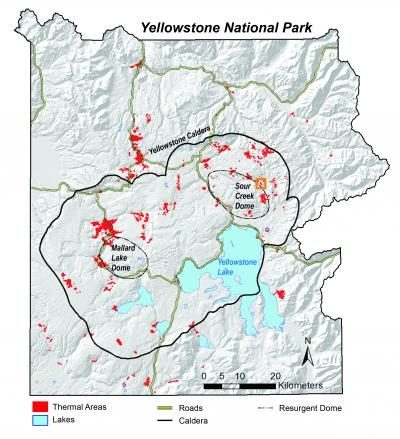
“Yellowstone’s thermal areas are the surface expression of the deeper magmatic system, and they are always changing. They heat up, they cool down, and they can move around,“ the U.S. National Geodetic Survey said of the National Park famed for its long-dormant supervolcano.
More than 10,000 thermal features can be found across around 120 thermal areas in Yellowstone, most of which sit in remote and hard to reach areas.
Thermal areas
Thermal areas are made up of a sequence of geologic units with at least one thermal feature, like a geyser, sitting inside an area of “hydrothermally altered ground, hydrothermal mineral deposits, geothermal gas emissions, heated ground, and or a lack of vegetation,” according to the U.S. National Geodetic Survey.
The finding “highlights that changes are always taking place, sometimes in remote and generally inaccessible areas of the park,” the U.S. National Geodetic Survey said.
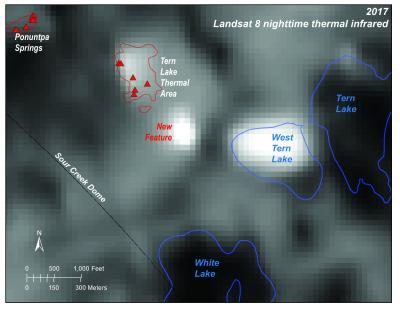
Earlier this year, the Yellowstone Volcano Observatory revealed that 2018 was a record-breaking year for the tallest active geyser in the world, which is located at the park. The Steamboat geyser erupted 32 times, topping the 29 eruptions in 1964.
That record breaking year wasn’t limited to just the Steamboat geyser and, when taken together, these events are likely to be a sign that there is an unusual uptick in activity at Yellowstone and around:
Magma plume stretching all the way from Mexico found beneath Yellowstone supervolcano
I hope that new thermal area at Yellowstone is not a bad omen! Get prepared!



